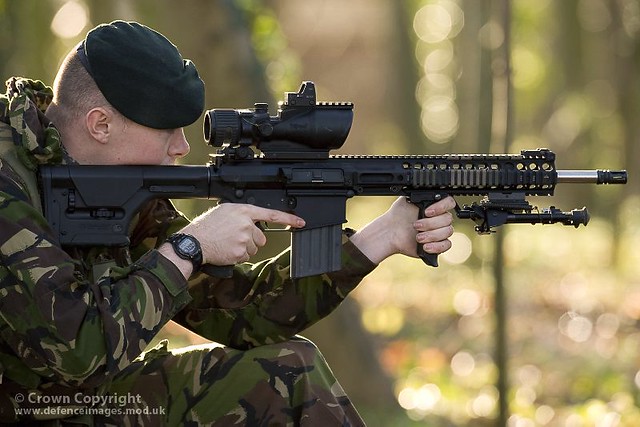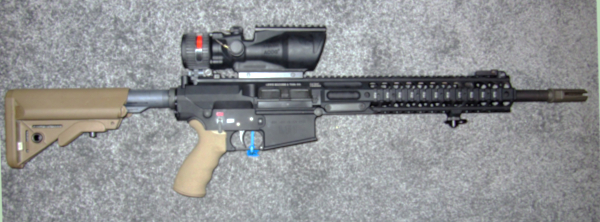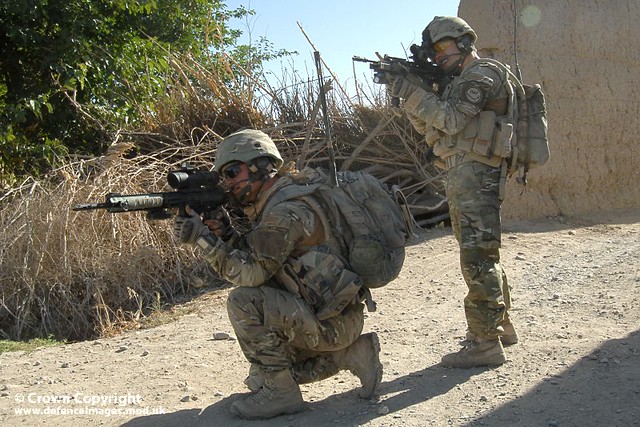The principle of military action against AQIM (al-Qaeda in the Islamic Maghreb) is now established. The capitals of countries are actively working to develop a politico-military scenario intended to rid the region of the terrorist threat. Because that is targeted by AQIM , France is at the forefront of future operation, which will be composed of the backbone forces of ECOWAS, the Economic Community of West Africa.
Bogged down in Afghanistan for over ten years, the victims of strokes plane strain their budget numbers, the French armies were warned that their participation in overseas operations now limited to a multilateral framework. The colonial past of France and the threat that weigh on the lives of the hostages if Paris was at the forefront in the Sahel also call for moderation. “We just want to have a facilitating role. No question of sending ground troops, “said a French diplomat. The Defence Minister, Jean-Yves Le Drian, promised a “logistical support” to help resolve the crisis.
French Special Forces in the region
But France is getting impatient. One hundred members of French Special Forces have been deployed in the region. They should soon be strengthened, in particular by the commandos of the French Navy. French aid also includes maritime patrol aircraft, who gather intelligence and surveillance system based in Niger. According to the hypotheses, notably in Paris, it would form an action force of a few hundred men to reconquer northern Mali, held for several months by armed Islamist groups.
A core group of 40 men, a first circle 200 to 400 men and footmen from 3000 to 4000 that men are Islamist. “This is not the Russian campaign,” says one expert dossier. “They are actually quite few. A thousand men occupies part of a state that no longer existed, “he says. The operation should not be limited to “give a kick in the anthill then go, warns an expert on the issue. Must be entered in the action duration, otherwise the problem will resurface six months later. ”
According to the daily El Khabar, an Algerian newspaper knowledgeable about security issues, the result of French Special Forces African military in Libya. “This is not information that surprises me. The French interests in the region, as Libya to Niger. Intervention but requires caution and tact due to entangling alliances uncertain actors and influence of foreign powers who have their own agenda, “said Liess Boukra, the former director of the ACSRT a Centre for the Study of Terrorism based in Algiers.
Algeria, which is to keep the pressure on terrorism outside its borders – and if possible to push towards sub-Saharan Africa – rejects any interference in the Sahel. This position does not prevent maintaining links with some ambiguous protagonists of the crisis, as the Islamist Ansar Dine Tuareg who control Kidal, one of the major cities of northern Mali. “There is something in the attitude trouble Algiers,” says a French diplomat.
Chadians in ambush
The French could be strengthened to address the shortcomings of the African Standby Force. Niger has announced its intention to provide troops and Burkina Faso and Senegal could follow. Reinforcements from Chad, a country where France has military bases could actively participate in the operation. But Chadian fighters, hardened in combat in the desert, scare their neighbors because of their reputation of soldiers uncontrollable.
For their part, Malians are divided and destroyed their army. Now, everyone knows that ECOWAS can hardly play more than a “buffer role” in this case, in the words of a diplomat. “His military capabilities are limited. ECOWAS will never be able to form the core of the intervention. ”
To support Africans, Britain has sided with France. Between the two countries’ cooperation is excellent, “says an officer. Germans and Poles have pledged support intelligence. Italians and Spaniards, their political contest. The Russians were assured that they not block the Security Council of the UN an operation in the fight against international terrorism. The Chinese seem to share this view. As for the Americans, they have offered their support, including intelligence, while denying the leading role.
Several steps are difficult to negotiate, must still be completed before the start of the operation. Acting President Traoré Dioncounda asked ECOWAS to help Mali to restore its territorial integrity. An agreement on the conditions for the deployment of an African peacekeeping force, with headquarters in Bamako, was found Sunday. If Malians refuse any deployment of foreign forces in the South, Bamako gave a discreet green light to reconquer the North. A special envoy for the Sahel will be appointed. The name of the Gabonese diplomat Jean Ping is mentioned. Its role would be to involve the African Union (AU) folder.
Source: Le Figaro












